The Rawr-ing Twenties: Emo and scene culture has risen from the dead, perhaps making a comeback in the 2020s
November 15, 20192,365 Views
When one thinks of “emo,” they may think of Lil Peep or XXXTentacion, or of the current “e-boy” and “e-girl” trends on Instagram and TikTok. However, if they took a look back over 10 years ago and saw what was actually considered emo in the 2000s, they may freak out or laugh at what they see. If they were asked what “scene” was, they may just say it’s the same thing as emo, and again, they’d be shocked at what it looked like back then.
Throughout the mid-to-late 2000s, emo and scene culture rose in popularity among middle and high schoolers. They built their online personas on MySpace, where their profiles were composed of flashy gifs, glittery stickers, eye-straining layouts and other excessive decorations. Back when emojis were still young, many who identified with emo or scene used emoticons like “:3”, “:D” and more infamously, “XD”. They had also wrote in internet slang and sometimes purposely misspelled their words, as “what” turned to “wut,” “love” turned to “luv,” and roar, an onomatopoeia usually associated with dinosaurs, becomes “rawr.”
Emo is said to have first surfaced in the 1980s through music by bands such as Rites of Spring, however, its popularity did not truly surge until about 2002. In 2007 and beyond, “emo,” as well as a newer and similar subculture, “scene,” gained more prominence among alternative youth. Although emo and scene are similar and often mistaken for each other, they are actually quite different. Emo is short for emotional, which is an evident theme in their music and fashion, as the subject matter for most emo work expresses one’s feelings. Typically, people who are a part of this subculture wear dark clothing, and their hair may also be dyed and obscure the face more. Emos may also wear makeup consisting of eyeliner and black eyeshadow, but not all like to wear makeup. The emo subculture is sometimes mistaken for goth due to their similarly pessimistic and dark aesthetics. Emos tend to favor alternative rock and screamo music, and bands such as Fall Out Boy, My Chemical Romance, Paramore and Pierce The Veil.
Scene, on the other hand, is more bright and colorful, and more fashion-based rather than emotion-based. Instead of being solely focused on dark emo fashion, it’s more of a mixture between that and the preppy style which consists of mainstream or formal wear with pastels or neon colors. Those who identify as scene usually style their hair to appear bigger and crazier, and they may dye or highlight it with bright neon colors. They may even add coon tails, which are typically dyed highlights with horizontal stripes, resembling the racoon tail pattern. Scene kids may also enjoy rock music, but often prefer mainstream music such as pop, rap and crunkcore. 3OH!3, Millionaires, Metro Station and Owl City are just some of the bands often associated with scene, with most of these groups and other similar artists having more optimistic lyrics that may be more romantic and sometimes make references to partying and drugs. On MySpace, the term “Scene Queens” was used to describe popular young women and teens who dressed scene throughout the mid to late 2000s, and were essentially the influencers of their time. Some well-known Scene Queens were Audrey Kitching, Hilary Haywire and even Jeffree Star.
What makes these two subcultures similar is how both have people with layered, dyed hairstyles with straightened fringes that cover their face, as well as a generous amount of eyeshadow and eyeliner that may go below and around the eye. Both loved to wear hoodies, band t-shirts, tutu skirts, ripped jeans, arm warmers, studded jewelry, bracelets, vans and who could forget the notorious knee-high converse? Stripes, skulls, hearts and checkerboard designs are also associated with both subcultures. Another characteristic that makes these two subcultures very similar is their infamy.
The emo and scene subcultures had often faced controversy among other youths and adults, as well as the media. Emo and scene kids were sometimes targeted by their peers, and even adults who saw their subcultures as distasteful, either assuming they were dejected and at risk of hurting themselves, or rebellious kids following evil cults. Many who were emo back in the day were often ridiculed by their peers who found the subculture to be cringy and often thought that those who were part of it were desperate for attention or overly sensitive. They were also stereotyped as angsty and suicidal, which wasn’t uncommon among teens who identified as emo, but this subculture was sometimes blamed for the apparent glamorization of self-harm and suicide in music.
In 2008, a 13-year-old English girl named Hannah Bond was said to have followed the emo subculture, and had been open about self-harm with her parents, explaining to them it was an “initiation ceremony” to the emo lifestyle, as reported by Daily Mail. Two weeks before taking her own life, she had become a fan of My Chemical Romance, who were repeatedly accused of glorifying death in their music, but even they rejected “emo” as a label. In other countries, the emo subculture was heavily looked down upon, and in 2012, emo Iraqis were reportedly being shot and beaten to death due to the perceived associations with homosexuality and Satanism, according to BBC.
In 2008, anti-emo violence took place in Mexico, where emos were beat up by others who were apart of other alternative subcultures, also due the association to homosexuality, as well as their apparent ripping-off of the other alternative styles. The scene subculture had faced some of the same problems as emos, like bullying and stereotypes, but even emos had expressed their contempt for them. Like other alternative people towards emos, scene kids were sometimes accused of being “posers” and trying to appropriate the emo style, as scene was inspired by the emo fashion and those in the scene subculture didn’t always relate to the more serious issues that emos had.
Senior Nathan Latture describes himself as a former emo who used to sport longer hair and a studded leather jacket, and believed that the subculture was where he belonged.
“I just felt like everyone in the emo subculture got me and understood what I was going through,” Latture said.
He, too, has experienced some ridicule from others for his appearance. According to Latture, others have expressed to him their disgust for his style, but many have also told him they supported him. Over time, however, he began to disassociate from the emo subculture.
“I kind of exited myself out of the major emo scene. I was just like, ‘Hey, I’m still appreciative of what you’re doing, and I’m still here for you guys, but I’m not going to be a part of it anymore since that message [has] changed.’”
Latture decided to leave because he felt as though people in the emo subculture began to treat it more like a fashion trend than a support group. “The message kind of got cancelled, that it was like, ‘Hey, this is a group where you can get help for whatever you’re dealing with,’ to, ‘This is just a style now.’”
Although Latture no longer considers himself emo anymore, he says he still listens to the same music he did back then, like Five Finger Death Punch and remains close with the subculture.
English teacher Alyssa Allaire is also personally familiar with emo. As a teenager back in the 2000s, Allaire first got into the emo subculture in middle school at the age of 12, and it continued into her later teen years. In high school, Allaire had a “very short and spiky” hairstyle, black eye makeup and would occasionally wear dark red lipstick and mostly black clothing. “It was also incredibly popular to wear a plaid skirt over ripped jeans with vans or converse with a beaded or spiked belt, which I did often,” Allaire said. Allaire’s favorite bands included Green Day, My Chemical Romance, All Time Low, Paramore, Three Days Grace, Skillet and many others.
Allaire says she had faced some issues regarding being emo. “Because I dressed [emo], and showed interest in topics that most teenagers were not into or that were not ‘mainstream,’ I was often ostracized and shunned from others, whether from my peers, or even adults who were supposed to advocate for me just for being who I was,” Allaire said. However, Allaire never let anyone else take her down. “One of the many things that my friends and I would do to help combat the negativity [was to] create Wolf Wednesdays,” Allaire said. “Every Wednesday, we wore a wolf shirt, which started my junior year. It reminded us that we weren’t alone and that we were apart of a ‘pack.’ It built confidence and security amongst our small but mighty group.”
Allaire believes she had never truly left the emo subculture. “I don’t think I ever really got out of this phase. I still enjoy listening to the type of music I did in high school, [and] I still love the color black,” Allaire said. “Sure, my makeup may not be as heavy, my hair is grown out [and] the plaid skirt is tucked away in a box somewhere in storage, probably to never see daylight again.”
Along with being emo, Allaire does admit that back in the day she was also “incredibly passive-aggressive.”
“I was often called a vampire and I would play into that. I think back and wish I could have used moments like that to ‘be the bigger person,’ but I know that also comes with age, experience and maturity,” Allaire said.
Although some hints of Allaire’s teenage identity will remain in hidden boxes, she believes that the subcultures teenagers attach themselves to is just as important as it was when she was younger.
“The emo and scene culture does provide a beautiful insight of self-identify, as these kids are the most vulnerable, yet the most brave for being their most authentic selves, knowing they will receive criticism for doing so,” Allaire said.
Though most have left the emo and scene subcultures long ago, some still feel that the subcultures are something they’re a part of.
Southeast sophomore Addie Leddy considered herself an emo since the fifth or sixth grade. Her favorite bands include Pantera and Slipknot, and other metal and alternative bands. Leddy said she “grew up pretty rough,” and “turned to darkness.”
“I felt like all my life was fading away, so I started to dress darker and feel darker because of the way I grew up. It affected my personality,” Leddy said.
Leddy has experienced hardships throughout her childhood, which included bullying. People have told her things regarding her style, including death threats. “People have called me a freak and a psycho because of how I dressed. People would also bully me because they thought I was emotionally weak,” Leddy said. She has also been told to kill herself by others. “It tells me that people believe that I am a threat to myself and others and I should die to resolve it. I cope with this by writing [in] a very special journal or I write on a piece of paper and burn it.”
Despite facing the negativity and harshness of the world, Leddy knows there are people who have her back.
“People who support me [are] my aunt and my friends. Not many people in my life know about my style. My friends and I stand up for each other when things go south for us,” Leddy said.
Leddy is hopeful that people will be more understanding and less judgemental of emo, scene, and alternative styles, as well as become more of a trend, and would like to see a full revival of these subcultures in the next decade.
Emo and scene continued to thrive until the years after 2010, where they both saw a decline, as most emo and scene kids were growing up and thus began to grow out of the subcultures or found another group.
An article by Vice titled, “Why So Many Former Emos Are Now K-Pop Fans,” suggest that some emos grew up to be K-Pop fans, or people who enjoy Korean pop bands such as BTS, EXO and many others. Those who continued to embrace emo and scene in the early-to-mid 2010s gravitated towards softer hairstyles which included flipped-over long hair or short-cut hairstyles with pastel colors and experimental designs such as ombres and galaxy. Plaid hoodies, patterned leggings and converse became a more-popular outfit look as emo and scene merged into each other, but many had considered themselves emo more than scene.
While emo and scene lived on in a handful of youths, they also became the subject of ridicule in “cringe compilation videos” on YouTube and “awkward” family photos. From 2017 and onward, though, more rap music by SoundCloud artists, such as the highly admired Lil Peep and XXXTentacion, emerged that had emotional and deep lyrics and so became labeled as “emo.”
Earlier this year, the original emo and scene subcultures had a sudden, yet small resurgence in fashion on social media. Though not many students at LSE currently embrace the original emo and scene subcultures, people on social media sites have claimed that 2019 is the year of #twentyninescene, a worded version of the current year-number with “scene” instead of “teen.” Current emos and scenesters have also embraced this hashtag, and some Instagrammers who were once emo or scene have proudly dressed like what emo and scene youths had over a decade ago.
Many of us may have had an emo or scene phase back in middle school a couple of years ago, or perhaps still enjoy either of these subcultures today, but regardless of what we think about them, there’s a possibility they will make a grand return in the 2020s — what may be known as the “’Rawr’ing Twenties.”

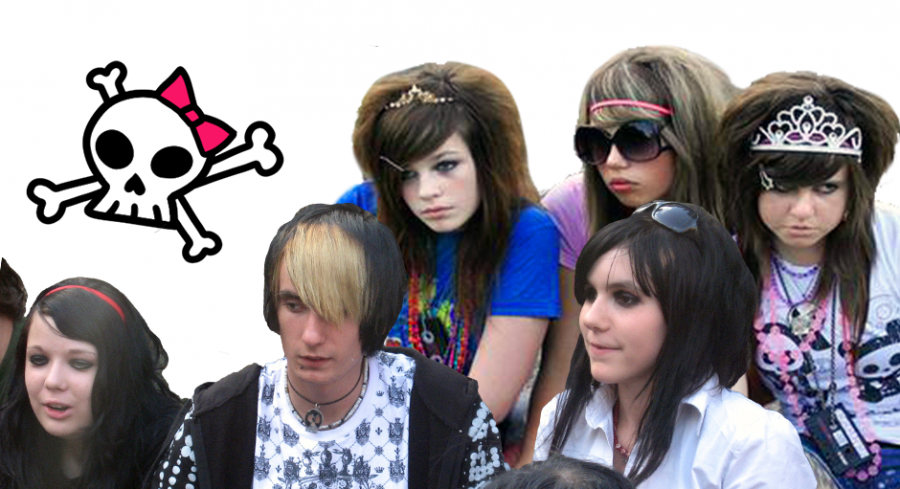

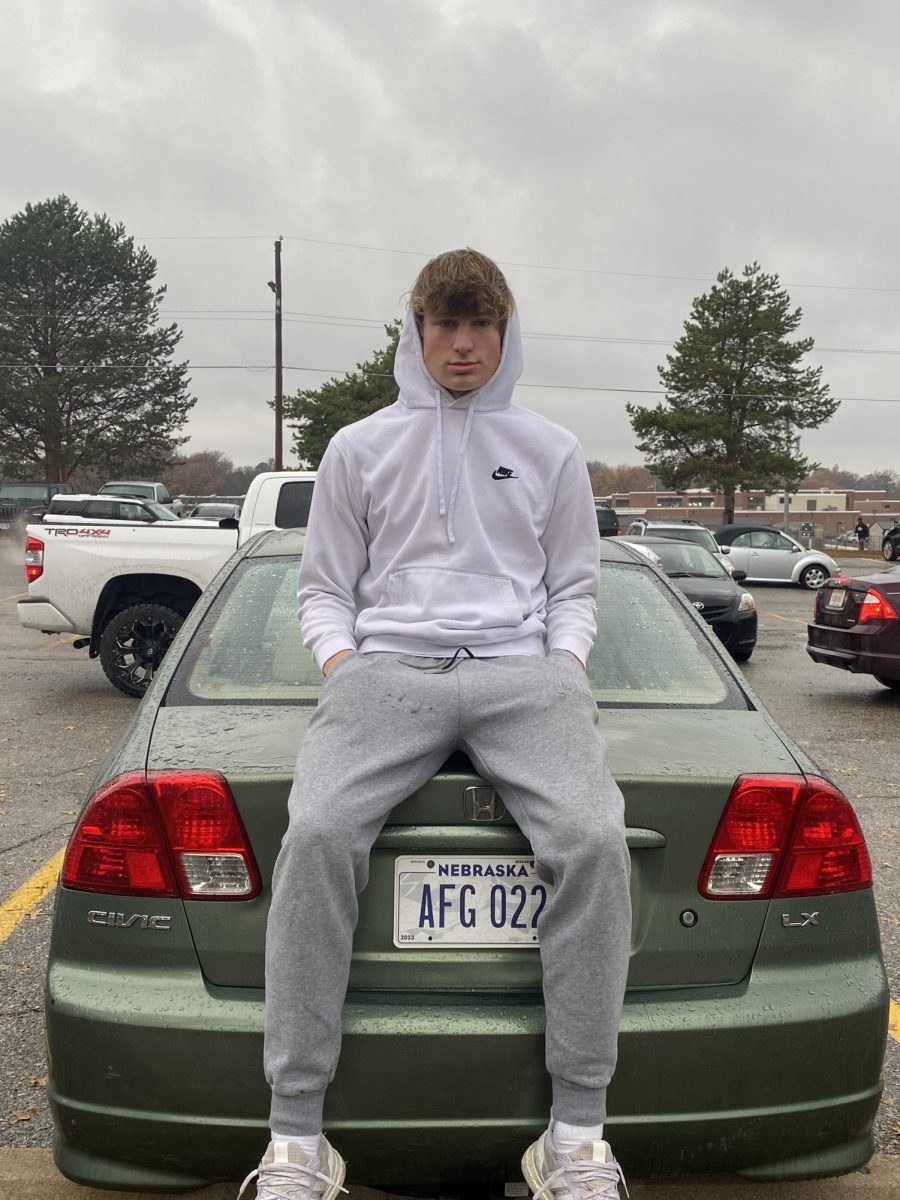
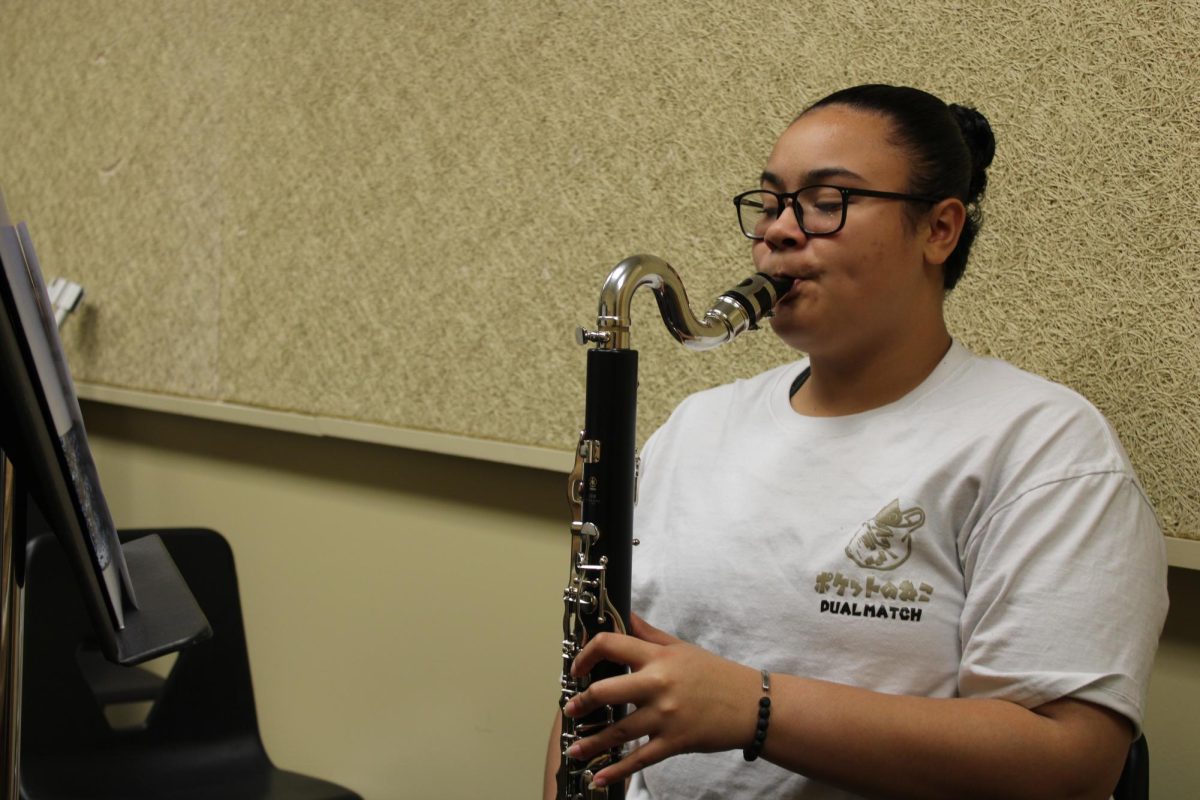
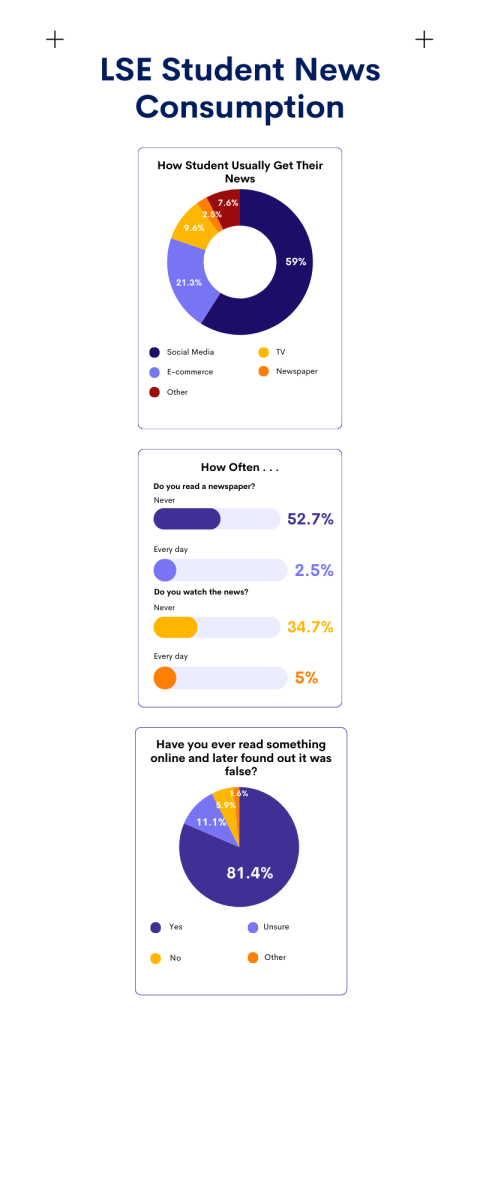
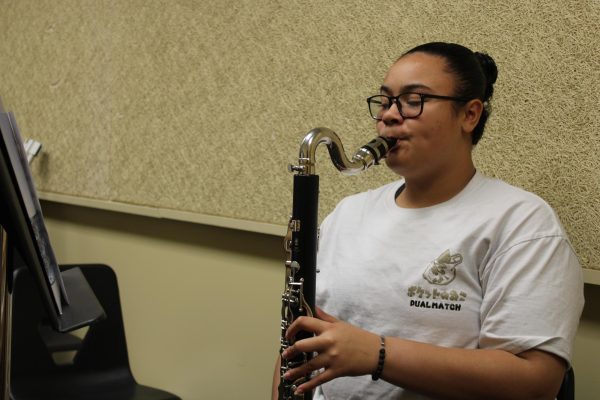
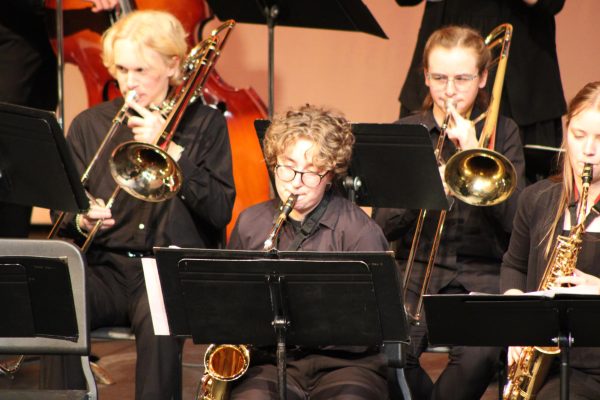
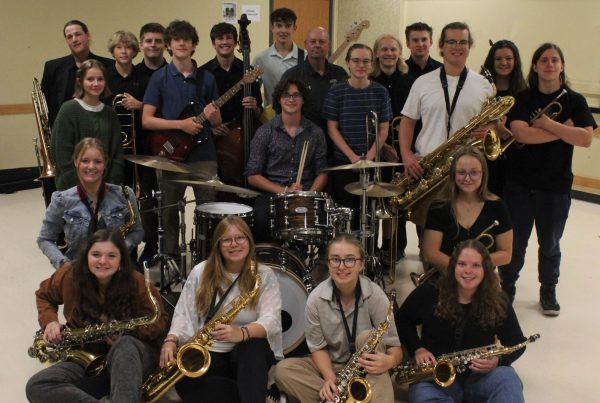

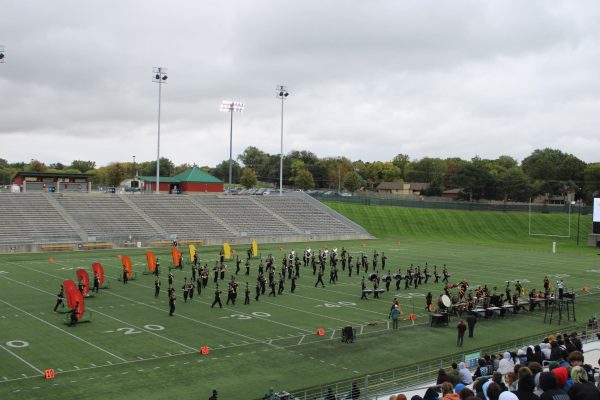
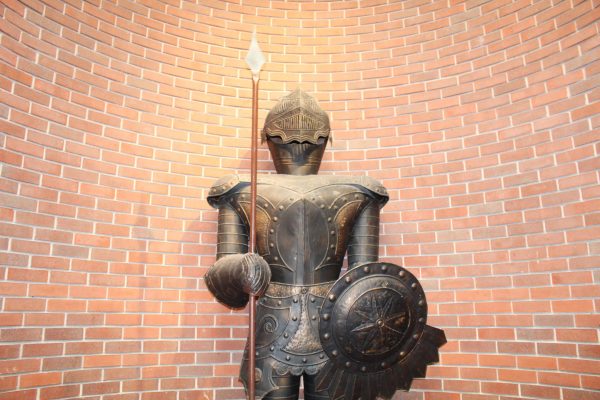
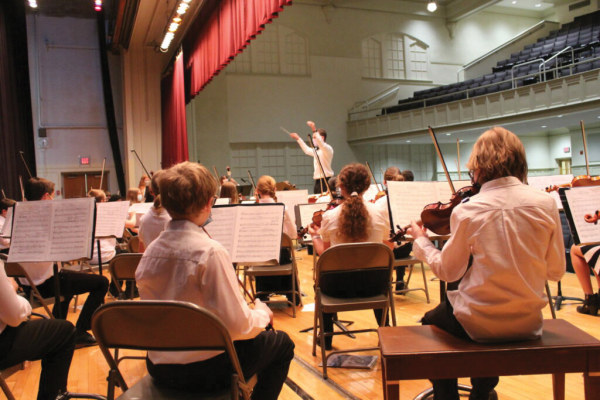
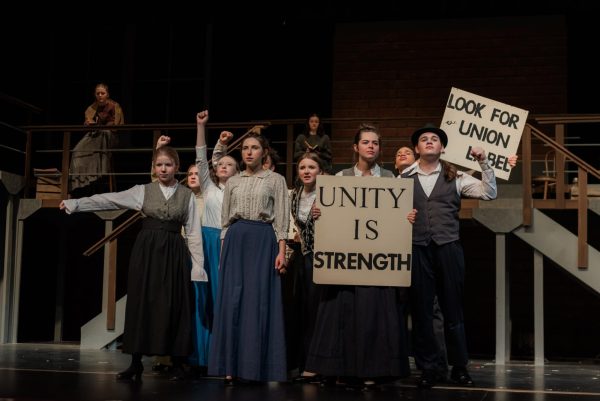
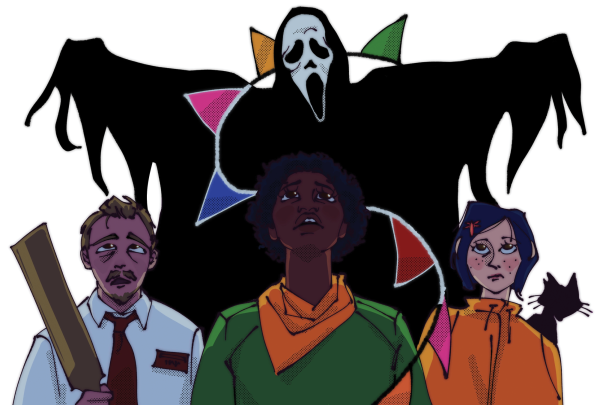
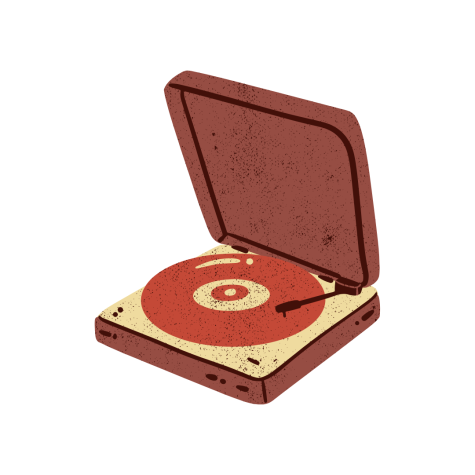
bri mb • Apr 13, 2021 at 9:57 AM
as a former emo in the 2010s, recently i found myself gravitating towards my younger interests and music taste. I started listening to MCR, FOB, Pierce the Veil, Linkin Park (and others) again, which i hadn’t listened to since middle school. along with that, i’ve been trying to dress more like how I always wanted to look when i was 12, and i’ve never felt better. it’s as if i’ve reunited with an old friend, or finally got home after a long trip away. i turn 18 this year, but i still hope to remain my same old emo self even into my adult years :3
Christian Khaos • Oct 26, 2020 at 7:09 PM
Angel you gotta BELIEVE in yourself! It wasn’t easy for us even on myspace. But you have the power to bring this subculture back! You have an INCREDIBLE amount of power just by getting into the look and adopting it. I wish you the best of luck. Youll do great i believe in you
Rawr XD ~~~Christian Khaos
Ty99 • Jul 15, 2020 at 12:15 AM
Angel, don’t be afraid of being yourself. I can guarantee you aren’t the only one. And who knows, maybe once you start adopting the style other people will gravitate to it and think it’s cool. No matter what, always star true to yourself.
angel • May 21, 2020 at 9:52 PM
im a preteen (im 12) and ive found myself sorta starting a scene phase. but if i fully become scene im scared ill be one of the only ones!!!! :[
Soma • Apr 14, 2020 at 2:30 PM
I hope I’m still emo when I’m older. I love the music, the style, and the culture but it does kinda make me sad that this is possibly a phase that I might eventually get over.
Mike • Feb 19, 2020 at 4:00 PM
i will never leave this subculture again. I left it once and tried new things but I always found myself missing it again. I’ll always be apart of it no matter how far I go. Thank you for this piece.